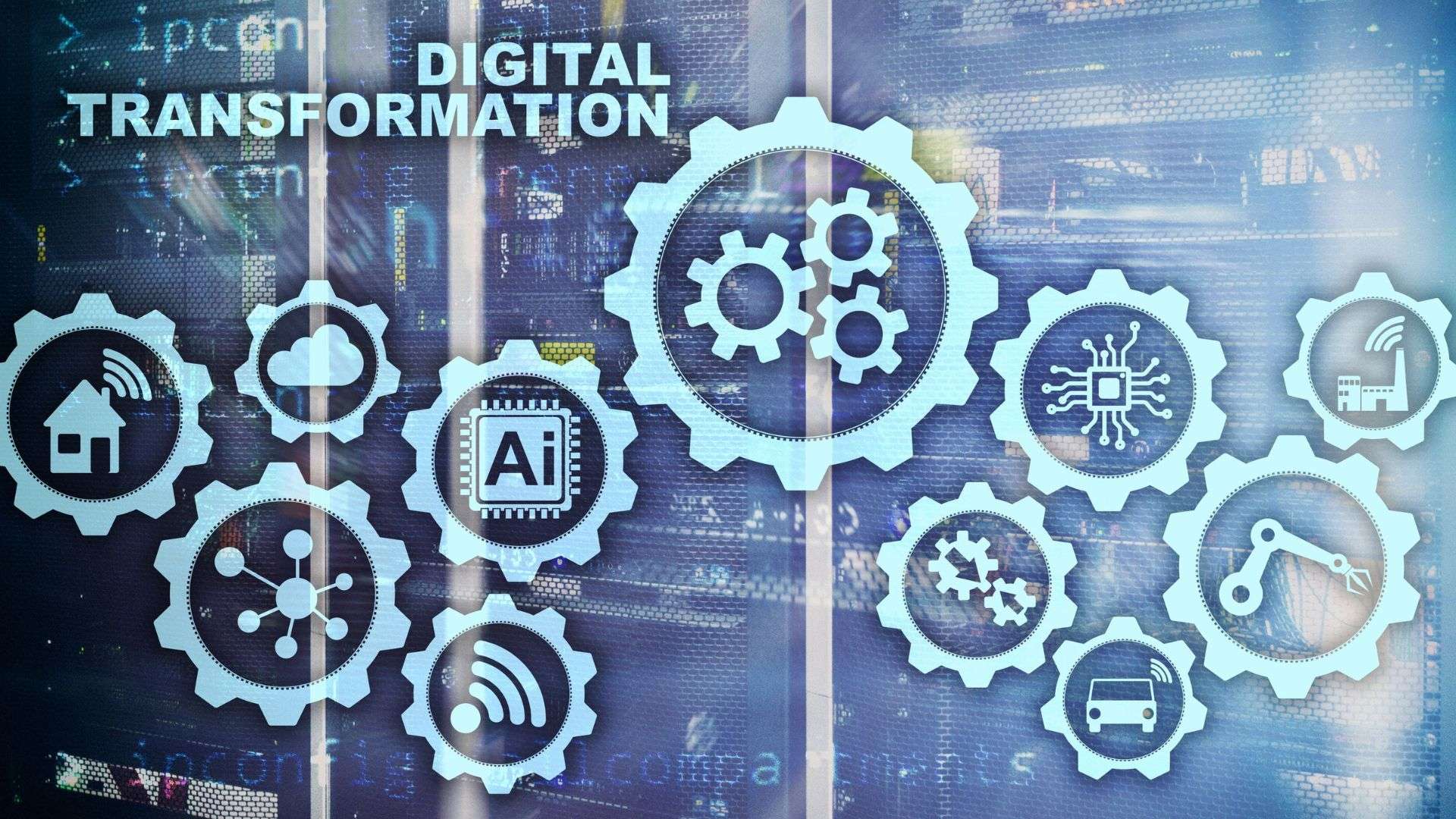A Practical e-learning Implementation Guide for Successful Digital Learning
Launching an e-learning program within an organization isn’t just about moving content online — it’s about changing how learning happens, how teams engage with knowledge, and how results are measured. Done right, e-learning implementation creates a scalable, trackable, and learner-focused experience that supports continuous growth across departments. But to pull it off smoothly, you need more than a few recorded webinars and logins to a shiny new LMS.
This e-learning implementation guide is built specifically for organizations planning to roll out or upgrade their digital training programs. Whether you’re working with the Moodle™ platform or any cloud-based e-learning solution, these steps can streamline your implementation planning, boost learner engagement, and set your team up for meaningful results. By following this guide, organizations can ensure a smooth transition to enhanced digital training that meets the diverse needs of learners. Emphasizing collaboration, feedback, and continuous improvement is essential for unlocking corporate elearning potential, ultimately leading to a more knowledgeable and skilled workforce. Tailoring your approach to align with organizational goals will further enhance the effectiveness of your e-learning initiatives.
1. Check Your eLearning Readiness Before You Implement
Before you even pick an LMS, it’s important to check your organization’s digital learning readiness. This includes assessing technical infrastructure, stakeholder support, and the appetite for change within your culture.
Infrastructure: Do you have an IT team ready to support LMS hosting, integrations, and security needs?
Stakeholders: Are managers and HR aligned on training goals, budgets, and timelines?
Learners: What is the digital literacy level of your staff? Are mobile or desktop devices preferred?
A pre-implementation readiness checklist can uncover gaps early and save you from expensive detours later.
2. Set Clear Learning Objectives and Training Needs
It sounds obvious, right? But honestly, many e-learning programs get launched with vague goals — and it shows. Take time to:
- Identify audience segments and their unique training needs
- Map out measurable learning objectives
- Align those objectives with business goals — whether it’s increasing compliance, reducing onboarding time, or improving customer support quality
Clear outcomes drive smarter decisions across content creation, LMS selection, and course development.
3. Choose the Right E-learning Platform or Learning Management System (LMS)
Your LMS is the backbone of your e-learning implementation. Whether you’re integrating the Moodle™ platform into your workplace or looking for a fully hosted solution, your LMS should match your instructional design goals, user preferences, and future scalability needs.
Key Features to Look For
- Mobile-responsive design
- SCORM or xAPI compatibility
- Intuitive admin dashboards
- Granular reporting tools
- Support for blended or flipped classroom training formats
At Pukunui, we help organizations onboard with hosting and customisation for enterprise-grade deployments of the Moodle™ platform — without turning your IT team into full-time sysadmins.
4. Work Closely with Subject Matter Experts and Instructional Designers
Your content should be more than PDFs and PowerPoints shuffled online. High-quality e-learning development starts with close collaboration between subject matter experts (SMEs) and instructional designers.
Here’s what works well:
- SMEs draft: Raw content from internal experts, use cases, policies, and steps
- Instructional designers shape: Translate raw content into interactive learning experiences
- Course authors format: Build the final content using authoring tools compatible with your e-learning platform
Just remember to budget time for SME input. They’re often the busiest people involved — and also the most critical.
5. Address eLearning Implementation Challenges Before Go-Live
Even with the best tools, e-learning implementation challenges can throw your plans off-track — quietly or all at once.
Common challenges include:
- Low learner adoption: Often caused by clunky UI or unclear course relevance
- Content overload: Too much information crammed into single modules
- Inadequate onboarding: Admins and facilitators need help, too
- Integration hiccups: Especially with external HR software or CRMs
Tip: Soft-launch your LMS with a pilot group. It’ll uncover broken links, confusing navigation, or unexpected questions before the full rollout.
6. Focus on Learner Engagement, Not Just Completion
Engagement beats course completion every time when it comes to long-term impact. A successful e-learning implementation creates experiences that draw learners back — not just push them through content. By fostering a sense of community and interactivity, e-learning environments encourage ongoing participation and deeper understanding. This approach often necessitates rethinking online assessment strategies to prioritize meaningful engagement over rote memorization. Ultimately, a focus on interaction not only enhances retention but also cultivates a more profound connection to the material.
Tactics to Boost Engagement
- Use gamification elements (badges, points, leaderboards)
- Incorporate real-world scenarios and branching decision trees
- Link learning outcomes directly with workplace goals
- Offer flexible formats — webinars, short videos, quizzes, spaced repetition
Your learners won’t just be clicking “Next” to finish fast — they’ll actually retain the material because it feels relevant.
7. Plan for Ongoing LMS Implementation and Support
Your LMS setup isn’t a one-time event — especially when learner habits, content needs, and software tools keep evolving.
Strong implementation planning includes:
- Regular content reviews (every 6–12 months)
- Ongoing instructor or admin training
- Security and performance upgrades
- Analytics monitoring to track ROI and learner progress
This is where a partner like Pukunui can offer guidance — from onboarding to managing your Moodle™-based LMS hosting within secure, scalable infrastructure..
8. Measure What Matters: Metrics and ROI
You might not expect this, but completion rates on their own tell you very little. Success in digital e-learning implementation comes from metrics that tell stories — not just numbers.
Metrics Worth Tracking
- Time spent in course vs. required hours
- Performance improvement (before and after training)
- Usage patterns — what modules are skipped, dropped, or repeated
- Correlation between training and KPIs such as customer satisfaction or sales
Build your LMS reports with these in mind. Better yet, automate them and review quarterly.
9. Create a Structured Onboarding Plan for First-Time Learners
Don’t assume a new user will figure things out on their own. Design a smooth path into the learning environment — with guided tutorials, checklists, and points of contact for questions.
Your learner engagement begins the moment they log in. Make sure it’s welcoming — not overwhelming. Include items like:
- A 3-minute “How to Navigate” video
- A sample course module to explore
- FAQs addressing certification, deadlines, and expectations
Tip: Use badges or small wins early on. Positive reinforcement works better than passive encouragement — just like real-life parenting, but with less yoghurt on the walls.
10. Keep an Eye on eLearning Trends and New Tools
The world of online learning keeps shifting. Stay ahead by watching e-learning trends and experimenting with new integrations such as AI tutors, real-time feedback tools, or microlearning bursts.
- Regularly audit your courses against learner feedback
- Test mobile delivery vs. desktop access percentages
- Include surveys and quick polls to ask learners what’s missing
What worked last year might feel outdated next quarter — especially in fast-moving industries or tech-heavy roles.
How Pukunui Supports Your eLearning Implementation Journey
At Pukunui, we help organizations across Asia-Pacific implement scalable e-learning solutions built around the Moodle™ platform. From infrastructure and hosting to content consulting, our team ensures your implementation process meets business needs and learner expectations.
We’ve worked with universities, hospitals, NGOs, and enterprises to plan, deploy, and optimise training systems that work — whether you’re starting from scratch or modernising an existing LMS.
FAQs About E-Learning Implementation
What is an e-learning implementation guide?
An e-learning implementation guide is a structured plan that outlines how to successfully launch a digital learning program. It covers key elements such as readiness assessment, LMS selection, content development, user onboarding, and metrics tracking.
How long does it take to implement an e-learning program?
Timelines can vary depending on organization size and complexity. A basic implementation may take 4–6 weeks, while large organizations with custom integrations may require 3–6 months.
What are the biggest challenges in e-learning implementation?
Common challenges include low user adoption, lack of leadership buy-in, content overload, and difficulty integrating an LMS with existing systems like HR or CRM software.
Which LMS is best for e-learning implementation?
This depends on your business goals. Moodle™ software is popular for its flexibility, open-source model, and range of features. It’s suitable for organizations seeking customisation and scalability.
Do I need instructional designers for my online course?
If your training involves more than simple content delivery, working with instructional designers helps create learner-centric, goal-driven content. They ensure course materials are interactive, accessible, and engaging.
How do I measure ROI for e-learning implementation?
Track metrics such as course completion rates, learner feedback, business performance improvements, and time or cost savings. Comparing pre- and post-training metrics is an effective way to calculate ROI.
Final Thoughts and Next Steps
Your e-learning implementation doesn’t need to be perfect on day one — but it should be grounded in your real-world needs. With the right mix of planning, technology, and support, you can build a digital learning ecosystem that grows with your organization. As you iterate on your e-learning tools, gather feedback from users to refine and enhance the experience. Incorporating elearning strategies in real classrooms allows for a more comprehensive understanding of how digital resources can complement traditional teaching methods. This approach not only fosters engagement but also ensures that your learning environment remains relevant and effective. By staying attuned to the latest trends and needs in digital education, you can further develop online learning strategies that work for your audience. Regularly updating your content and methodologies in response to user feedback helps maintain high engagement levels and ensures that learners are receiving the most effective resources. Ultimately, a dynamic and responsive approach to e-learning will enhance knowledge retention and build a more skilled workforce.
Ready to create a successful e-learning program that drives performance, not just compliance? Contact Pukunui to speak with an expert in enterprise LMS implementation and discover how our Moodle™ platform solutions can support your next digital learning step.
Let your people learn in ways that work for them. We’ll help make sure the systems do, too.
Case Study: Scaling Teaching and Learning Through LMS Platforms — MDEC and Hong Kong Polytechnic University
The Malaysia Digital Economy Corporation (MDEC) leveraged a learning management system (LMS) to support large-scale digital skills training under its national digital economy initiative. By integrating an LMS into its blended learning ecosystem, MDEC enabled trainers and learners to access structured online modules, interactive assessments, and real-time performance tracking. This approach expanded access to quality digital entrepreneurship education across Malaysia while standardising course delivery and learner evaluation through a centralised, scalable platform. The initiative complemented programmes such as the Digital Skills Training Directory and aligned with MDEC’s goal of building a future-ready digital workforce.
Similarly, the Hong Kong Polytechnic University (HK PolyU) adopted an LMS to power its flexible teaching and learning framework for over 20,000 students. The platform supports diverse instructional approaches — from flipped classrooms to self-paced learning — and integrates seamlessly with academic tools for analytics, collaboration, and assessment. Through its LMS-driven approach, HK PolyU enhanced both teaching effectiveness and student engagement, ensuring consistent and high-quality learning experiences across faculties and disciplines.

